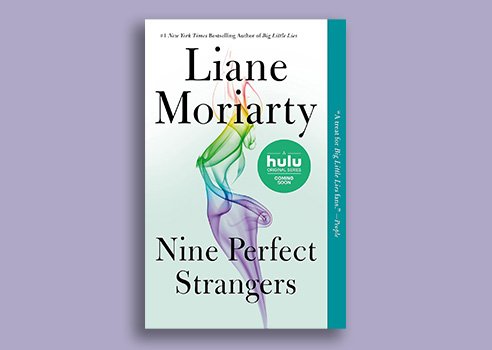Reading time: About 1 minute
I like to share interesting pieces of figurative language I encounter in my reading. I write today about figurative language from Liane Moriarty…
Liane Moriarty is an Australian author who has written nine novels, including the New York Times bestsellers Big Little Lies and Nine Perfect Strangers, which were adapted into television series for HBO and Hulu, respectively.
After leaving school, Liane Moriarty worked in advertising and marketing at a legal publishing company. She then ran her own company before working as a freelance advertising copywriter. In 2004, after earning a master’s degree at Macquarie University in Sydney, her first novel Three Wishes, written as part of her degree, was published.
I’m not sure why I recently read her 2018 book Nine Perfect Strangers. I had loathed the Hulu series starring Nicole Kidman and Melissa McCarthy. In fact, I think I jumped ship and stopped watching after episode 4 because I couldn’t bear it any longer.
But, as is often the case, the book is better than the TV show. I’m not enough of a fan to seek more of her books — just as I don’t generally read sci-fi or fantasy, I also have little interest in much bestselling fiction. (Literary fiction is more my style.) But I still salute some of Moriarty’s fine figurative language. Here are my favourite examples:
- She wore a tailored navy business suit like a punishment, the jacket pulled uncomfortably tight across her shoulders.
- Finn asked, “Are you on any medication, Masha?” He had a chatty, loose manner with patients, as if he were making small talk at a barbecue, beer in hand.
- Tut-tutting and muttering, she got out of the car. The heat grabbed her in a heavy embrace and beads of sweat sprang up all over her scalp.
- The tiny gold flames on the candles trembled.
- Carmel lay on her stretcher, her thick black hair spread like seaweed around her head.


